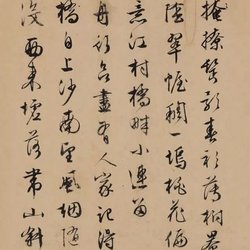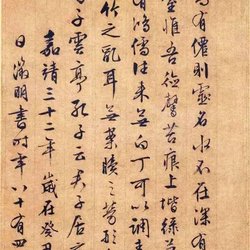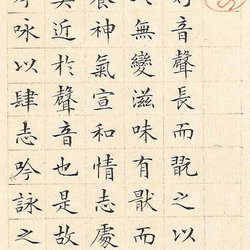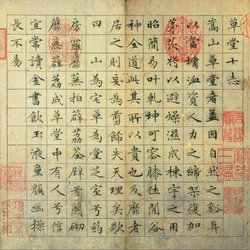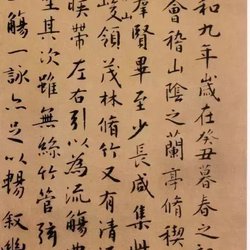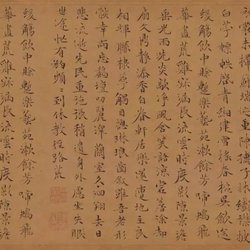Wen Zhengming's calligraphy is gentle, elegant, steady and mature, strict in rules and vivid in mood. Although it is not majestic, it has the style of Jin and Tang calligraphy. His writing style is less fiery, and he often reveals a gentle and elegant atmosphere in his joyful writing. Perhaps the ups and downs in his official career have sapped his youthful spirit, but his late blooming has made his style increasingly stable. Wen Zhengming was the leader of the Wumen School of Painting after Shen Zhou. He had many followers and disciples, forming the largest painting school in the Wumen area at that time.
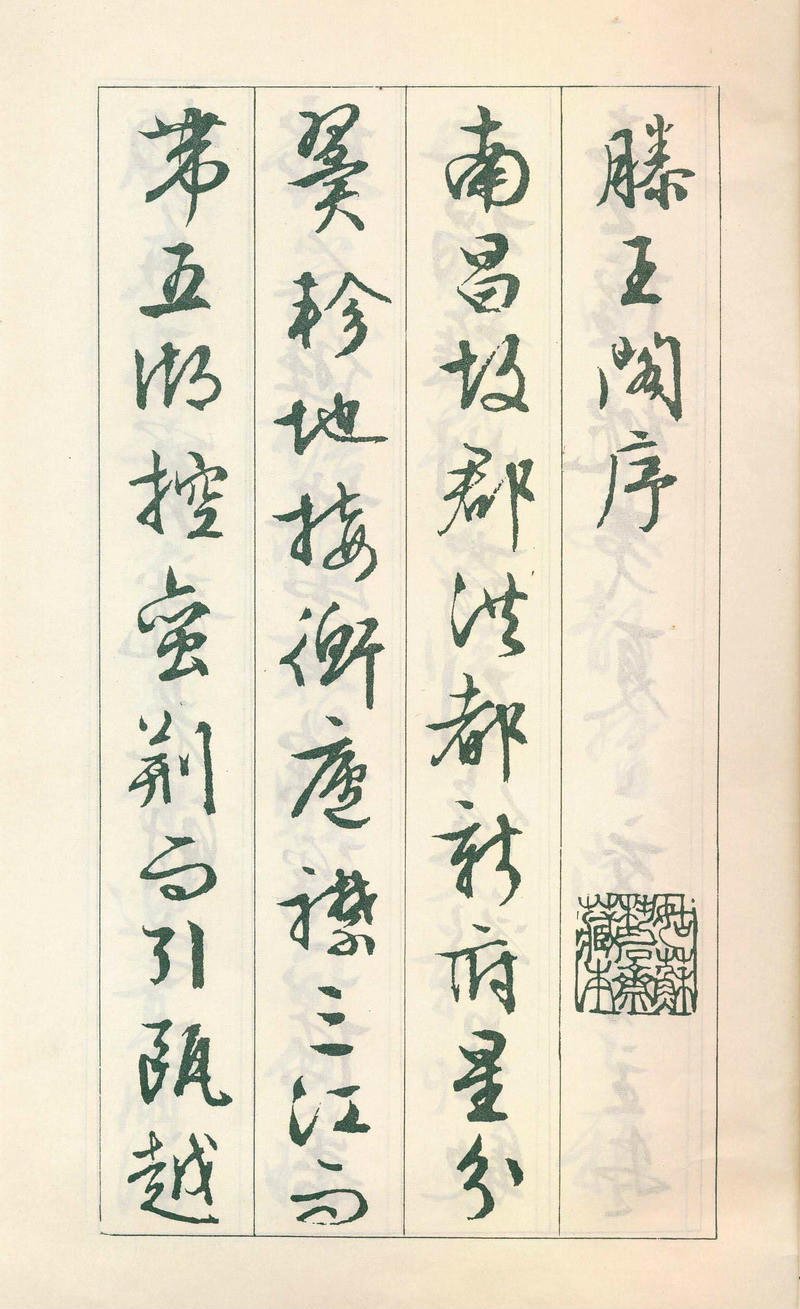
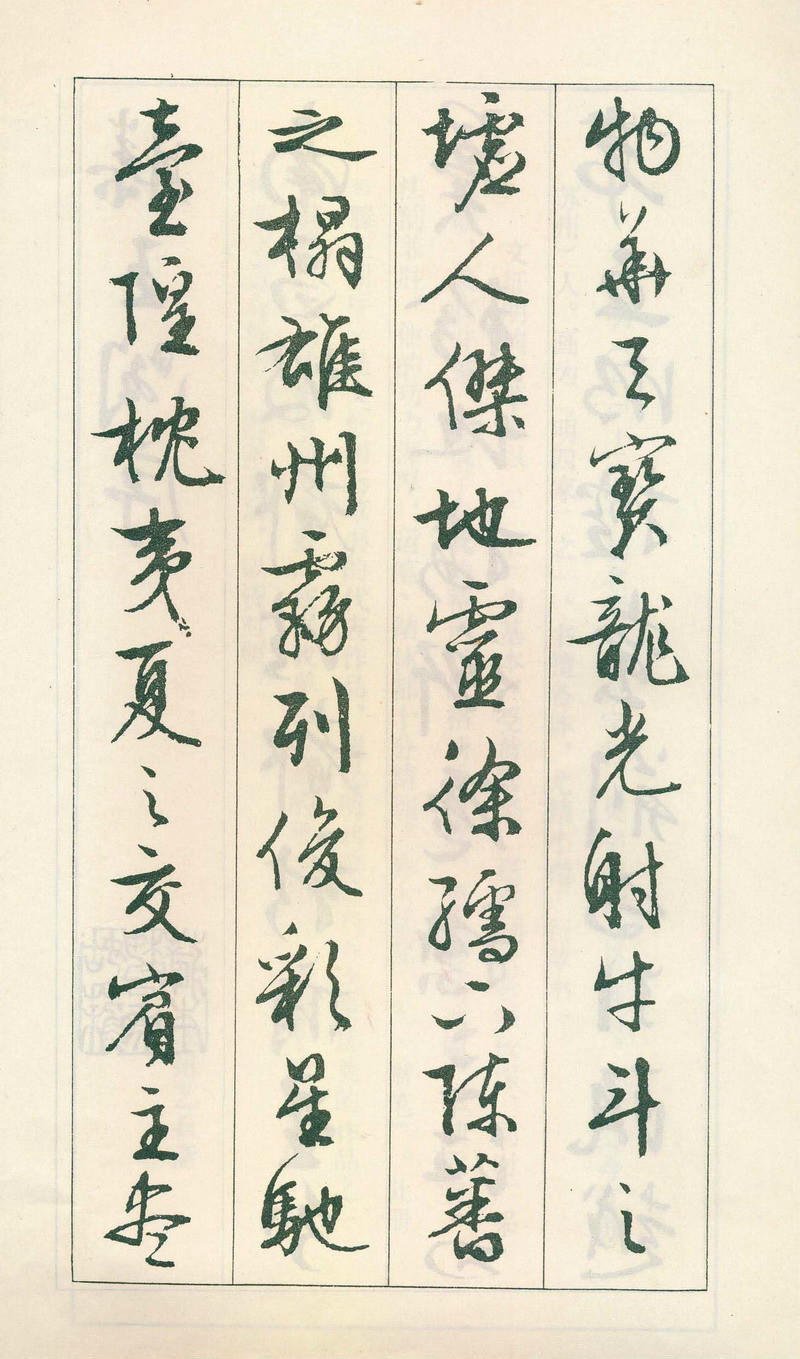
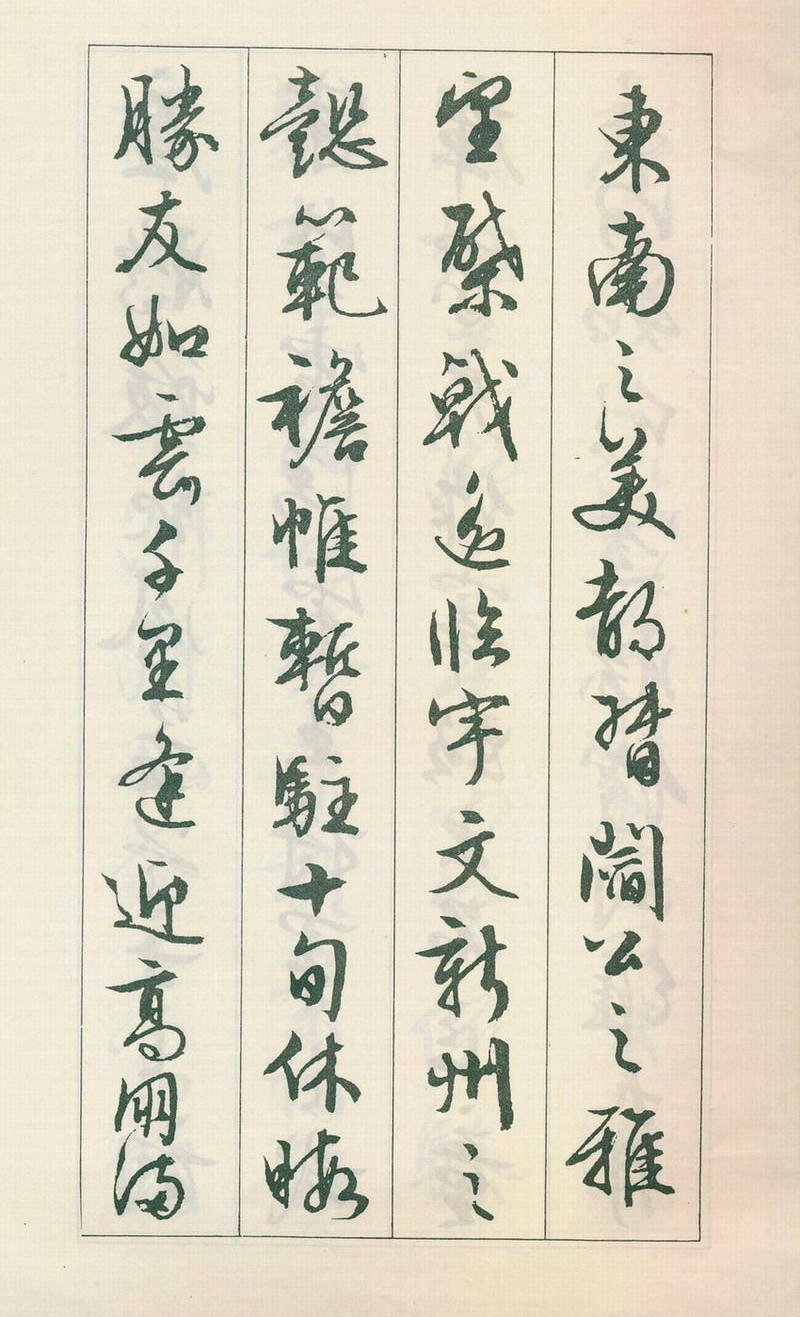
Wen Zhengming's first calligraphy teacher was Li Yingzhen, and later he extensively studied the famous calligraphy of previous generations. He had various attainments in seal script, official script, regular script, running script, and cursive script. He is especially good at running script and small regular script. He is gentle and vigorous, rigorous in law and vivid in mood. Although it is not powerful and powerful, it has the style of Jin and Tang calligraphy and has its own certain style. The small regular script strokes are gentle and the rhythm is gentle, which is in harmony with his painting style. He is known as "the best in the Ming Dynasty".
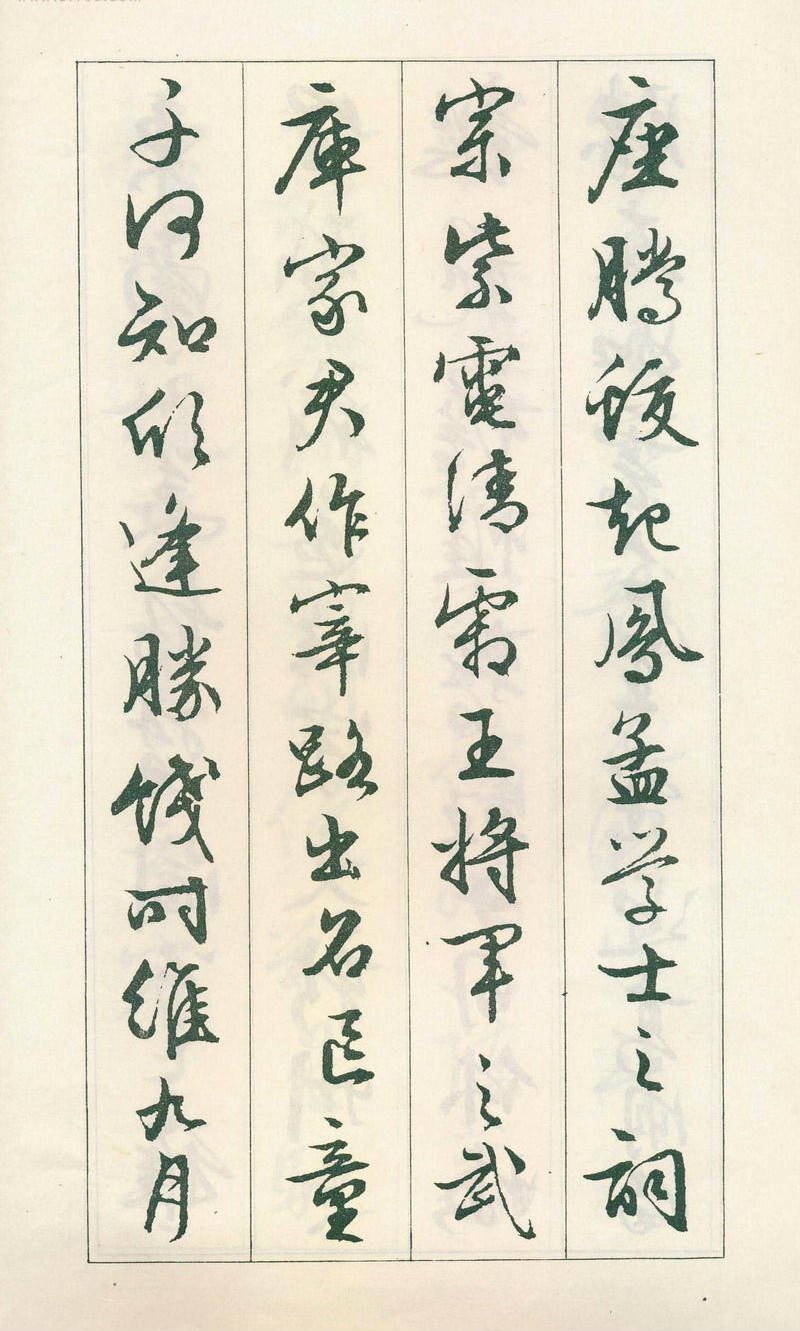
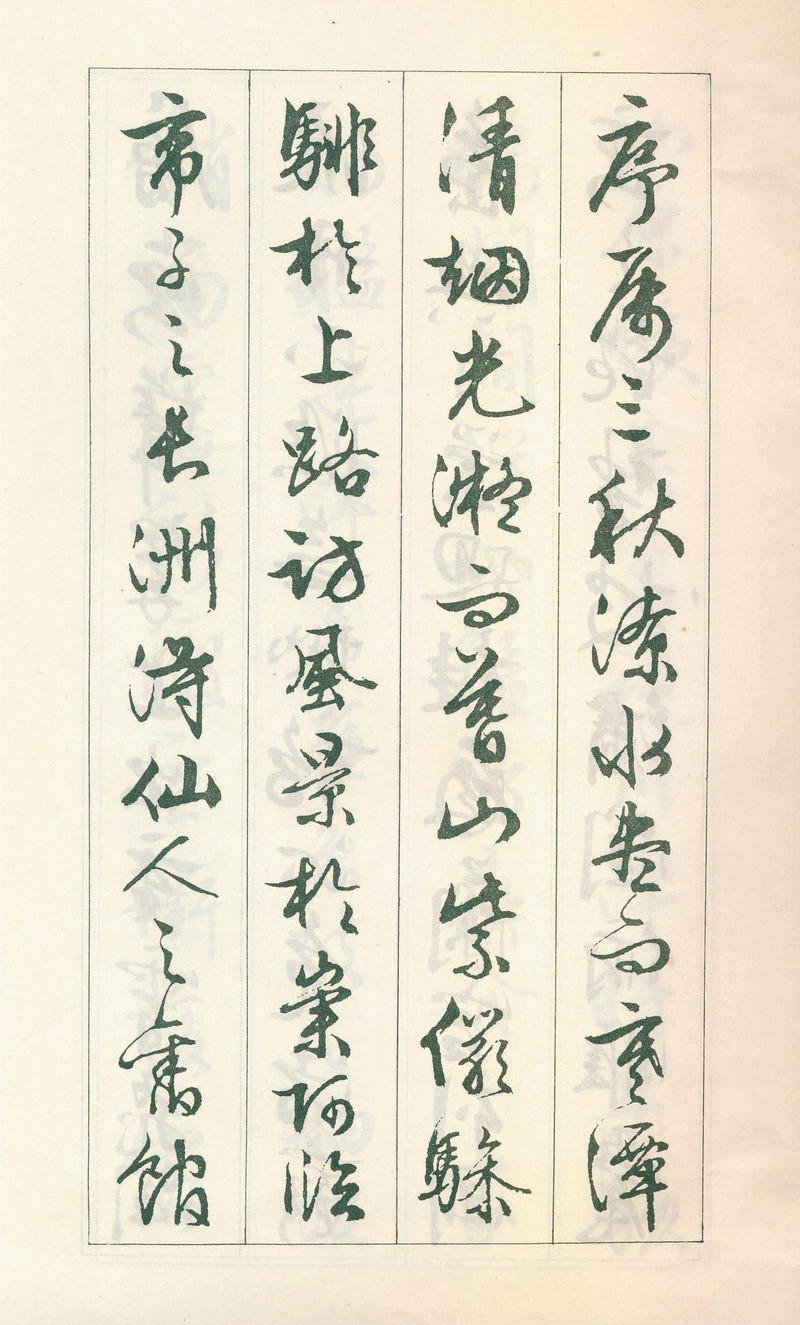
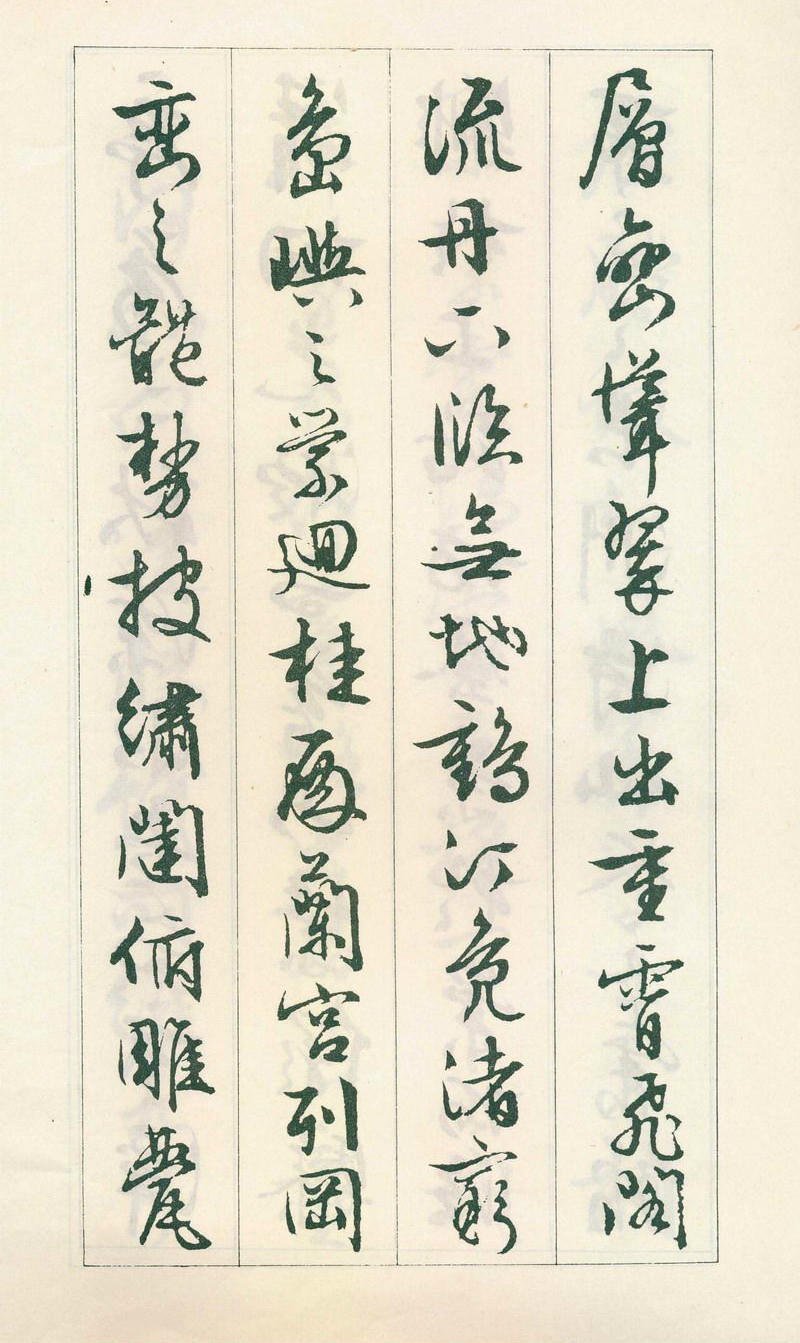
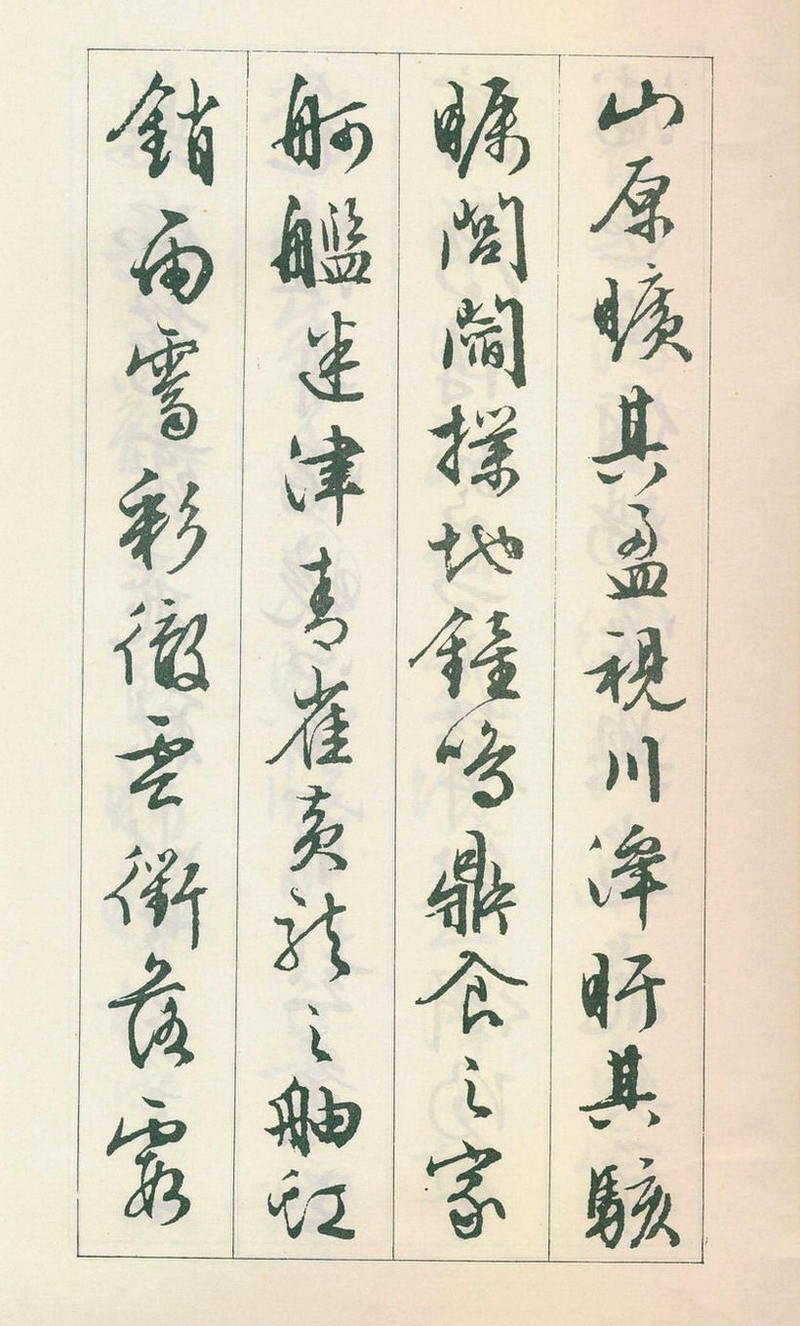
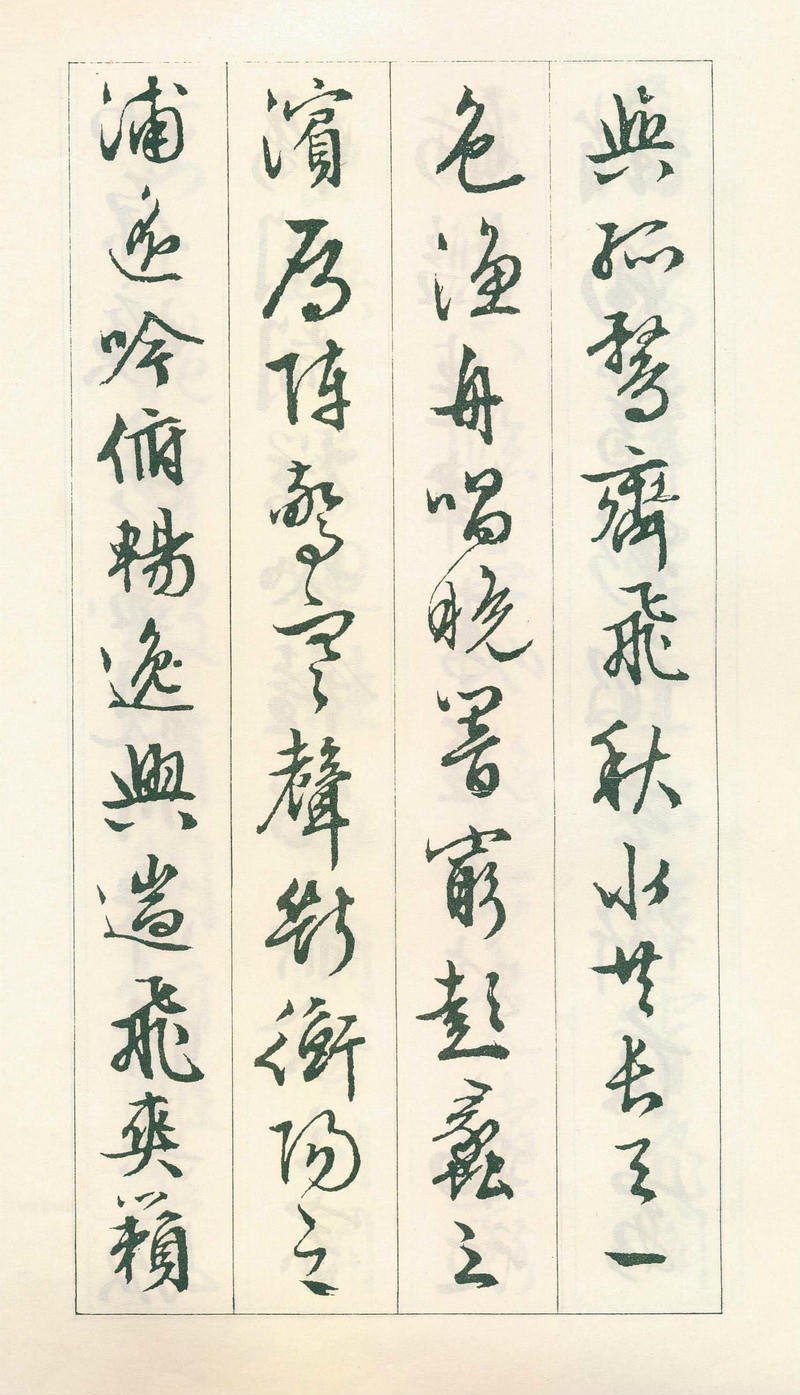
In the history of calligraphy, Wen Zhengming is famous for being good at all styles, especially running script and small regular script. Wang Shizhen commented in "Yiyuan Xiayan": "Dai Zhao (Wen Zhengming) is famous for his small regular script all over the world, and those he touches are Li'er, alone The seal script is not taken lightly by others, but it is also of high quality. The four-body "Thousand-Character Essay" written in it is extremely fine in regular script. It has the writing style of "Huang Ting" and "Yi Jiao". "Jiao", Li Yimiao got "Shou Zen" Samadhi, the seal script is Jin Jin Yang Bingmen Feng, and the regular script has small methods, which are precious."
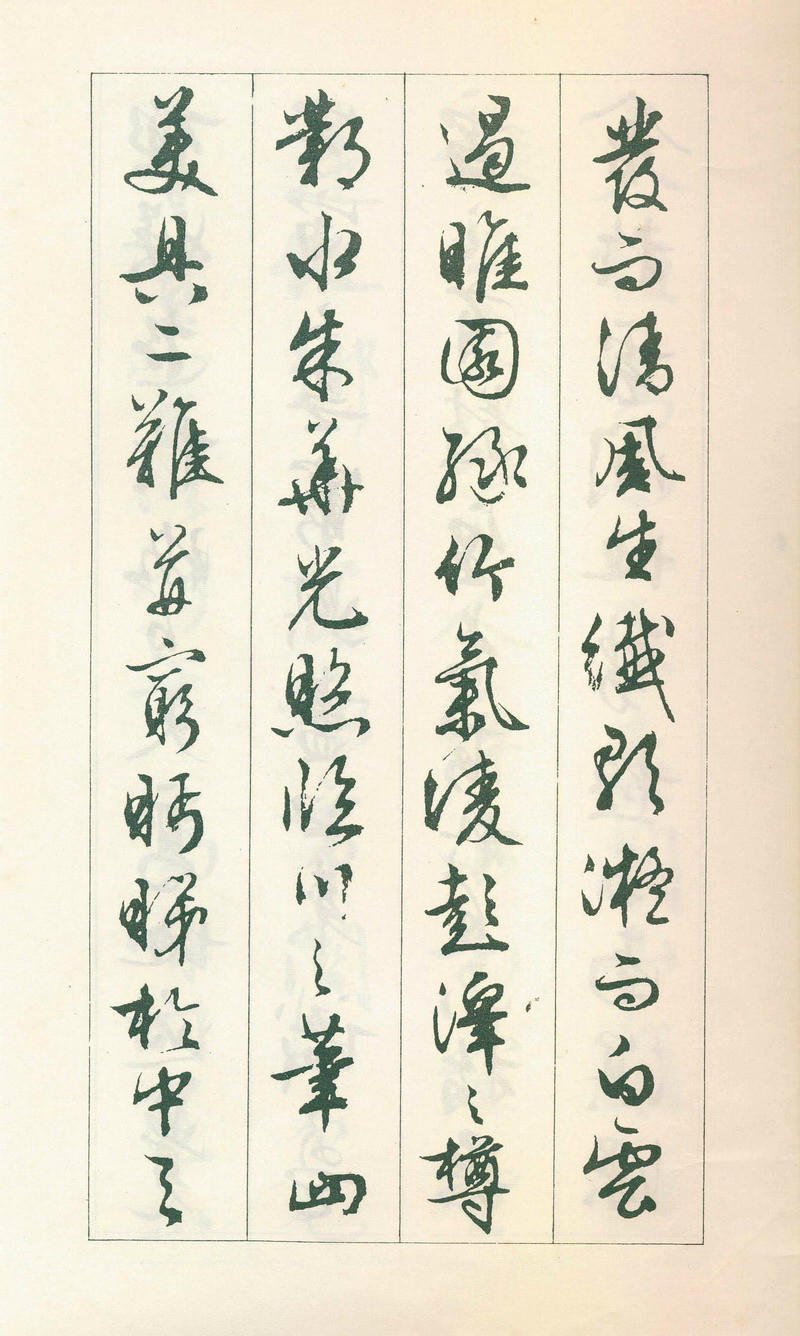
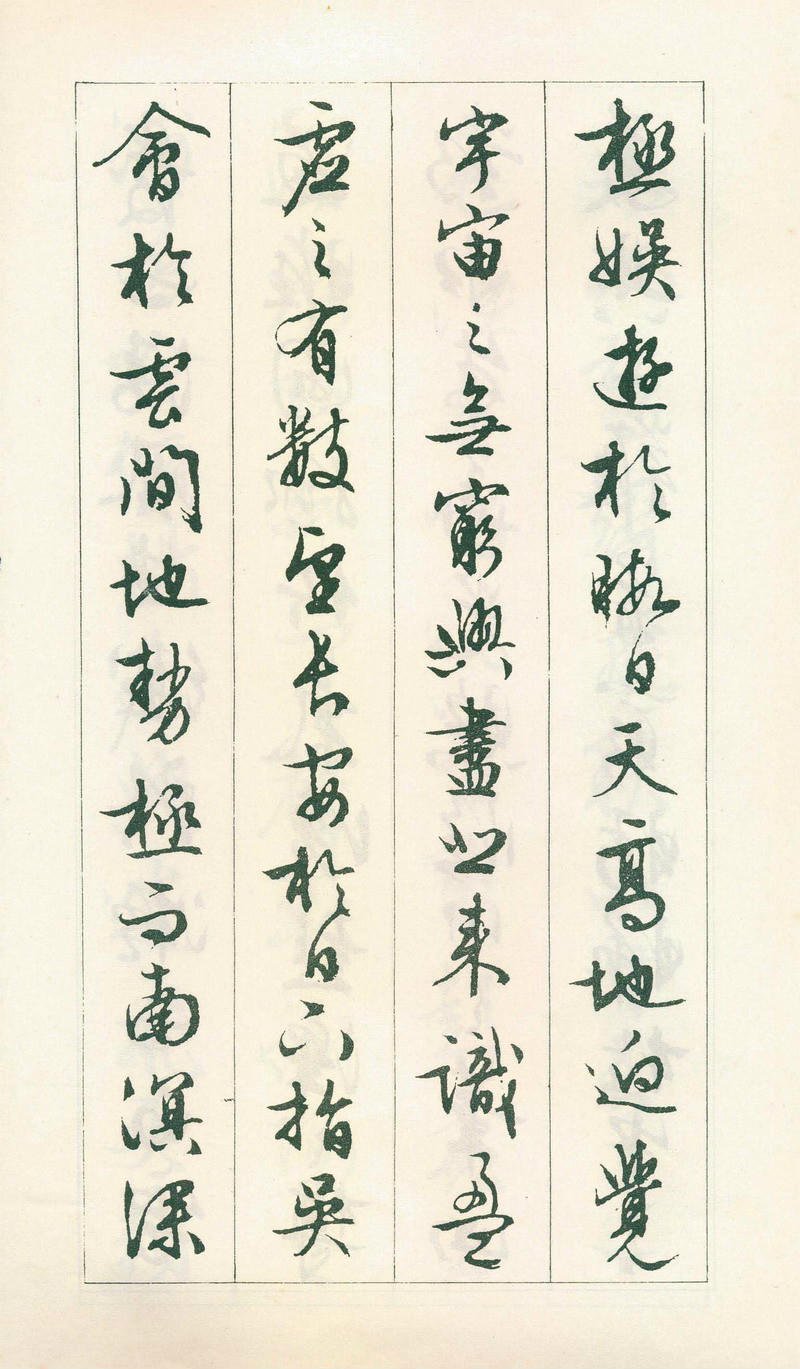
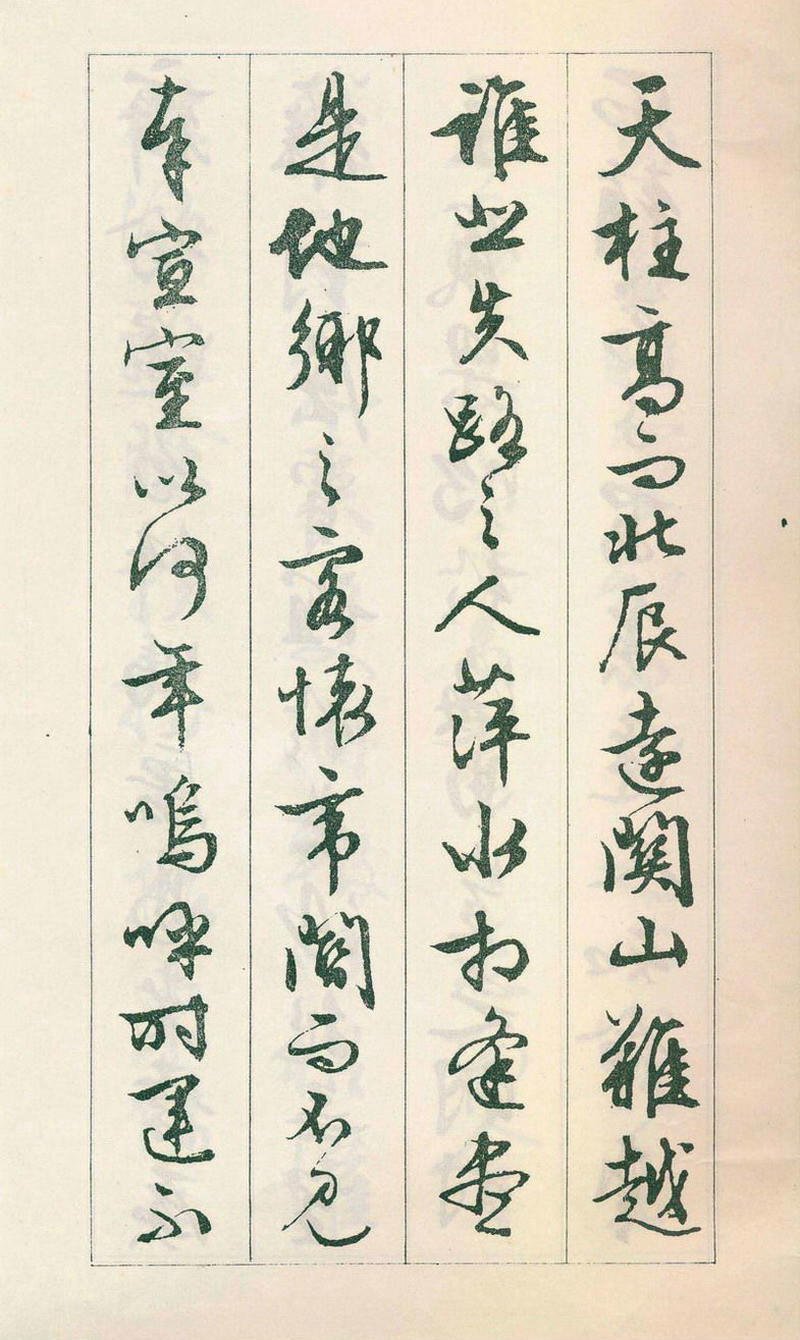
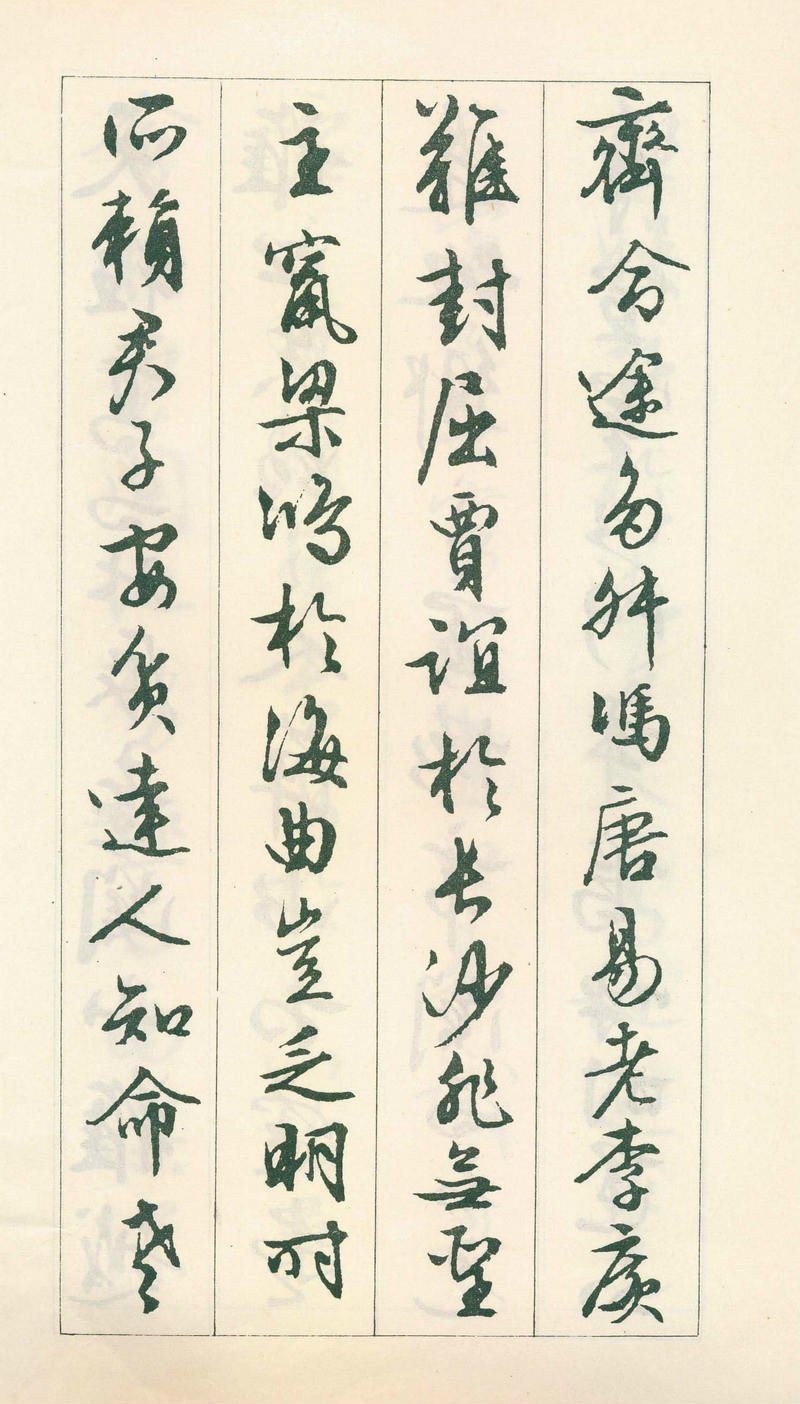
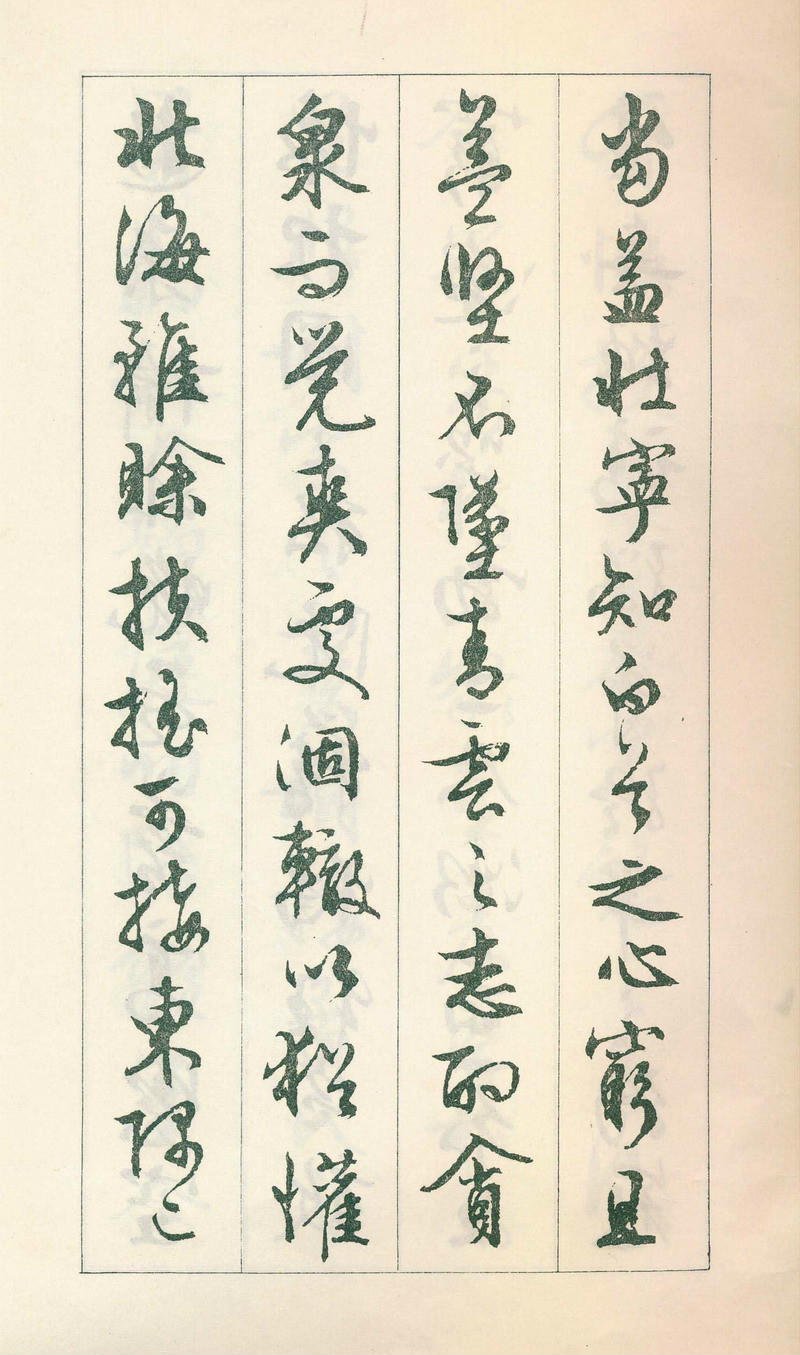
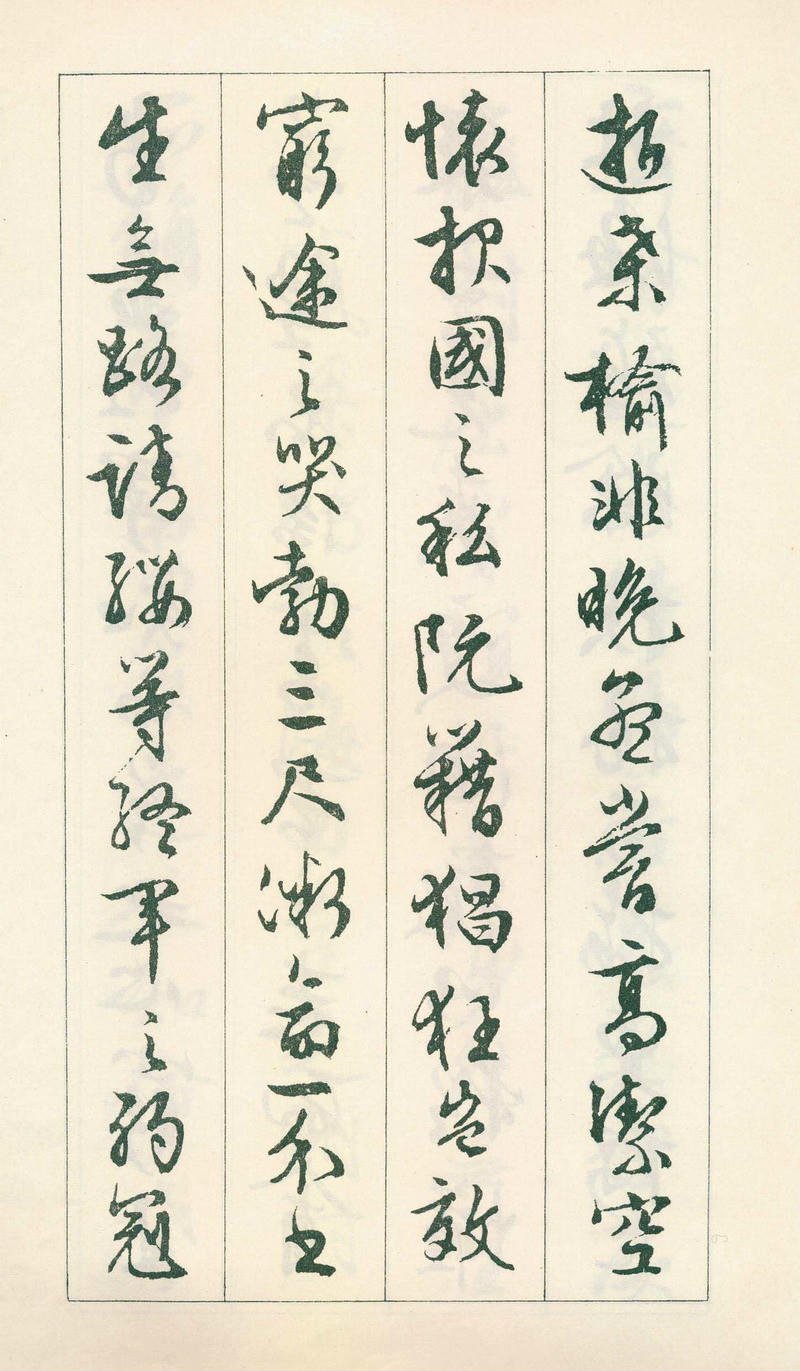
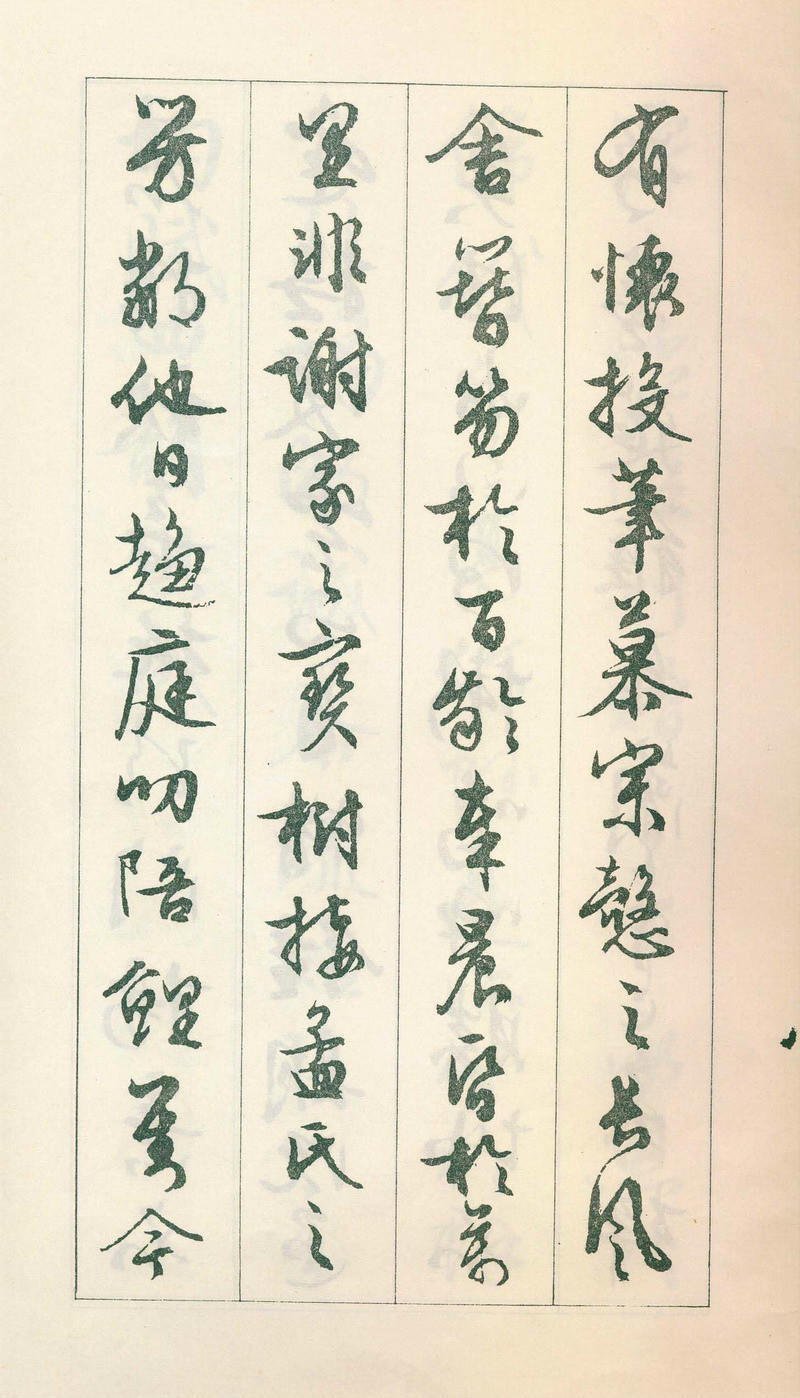
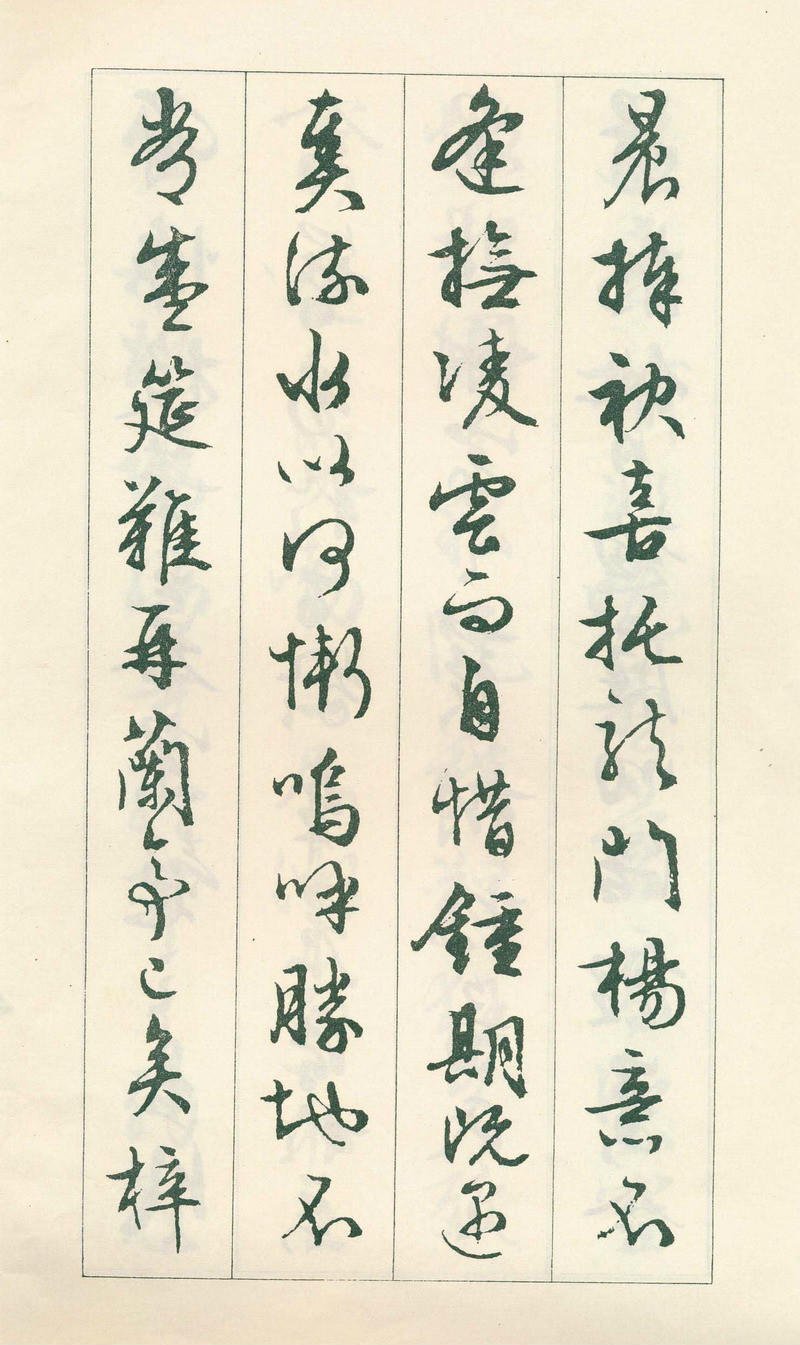
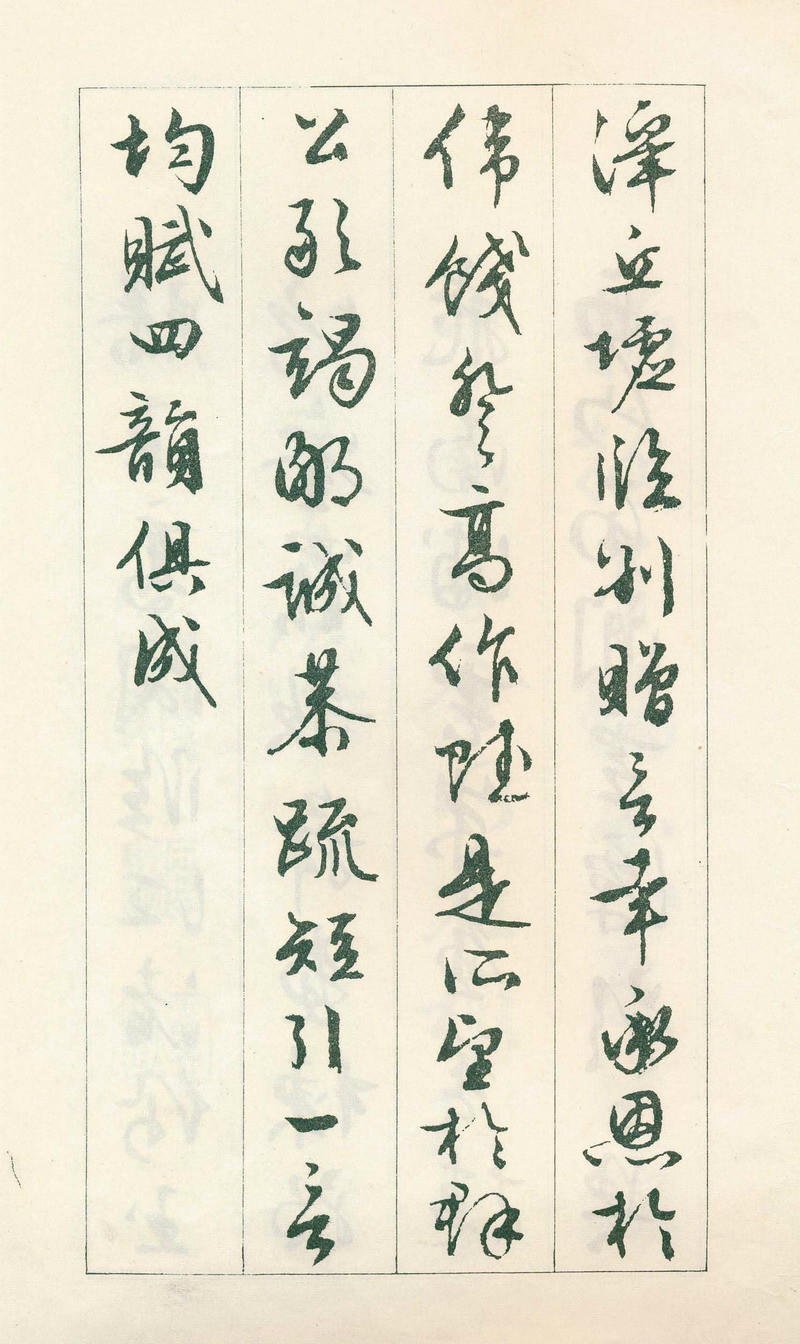
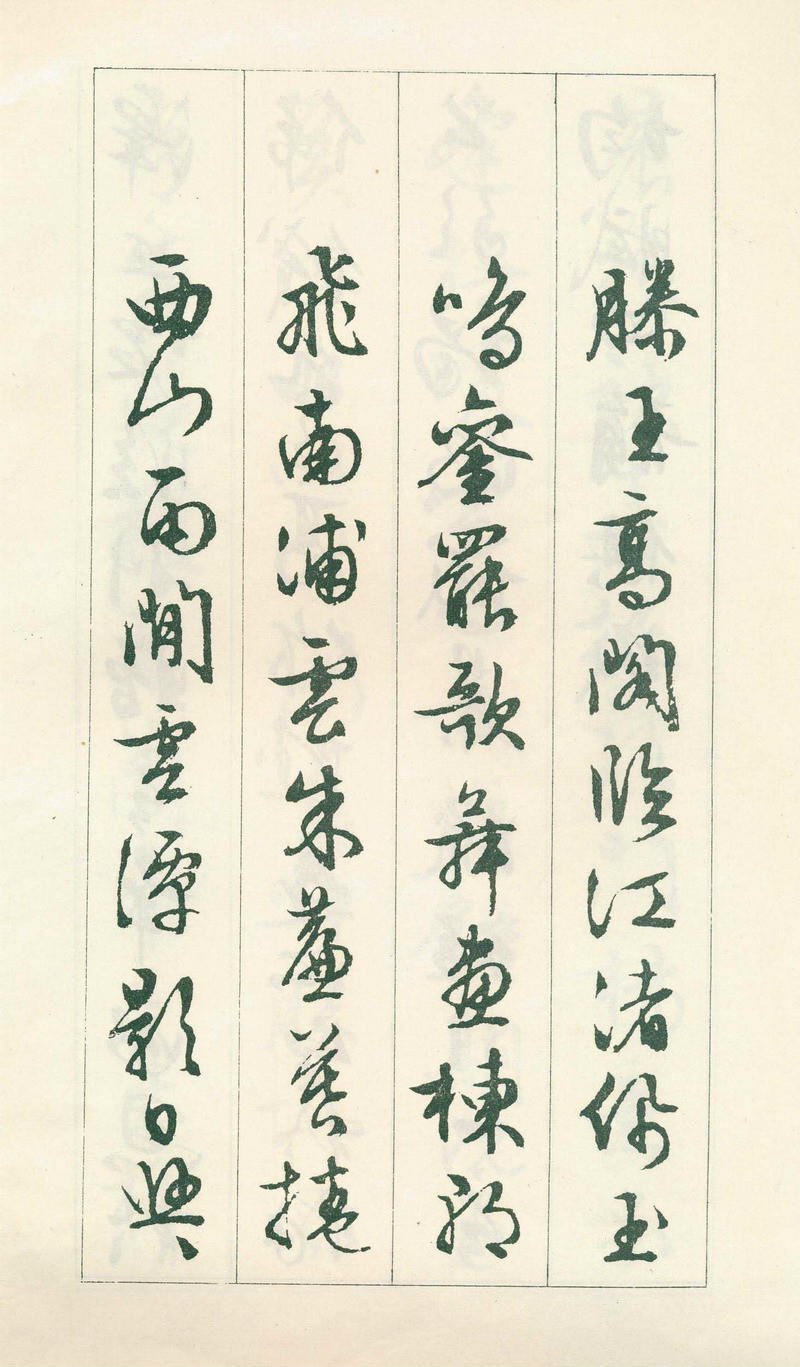
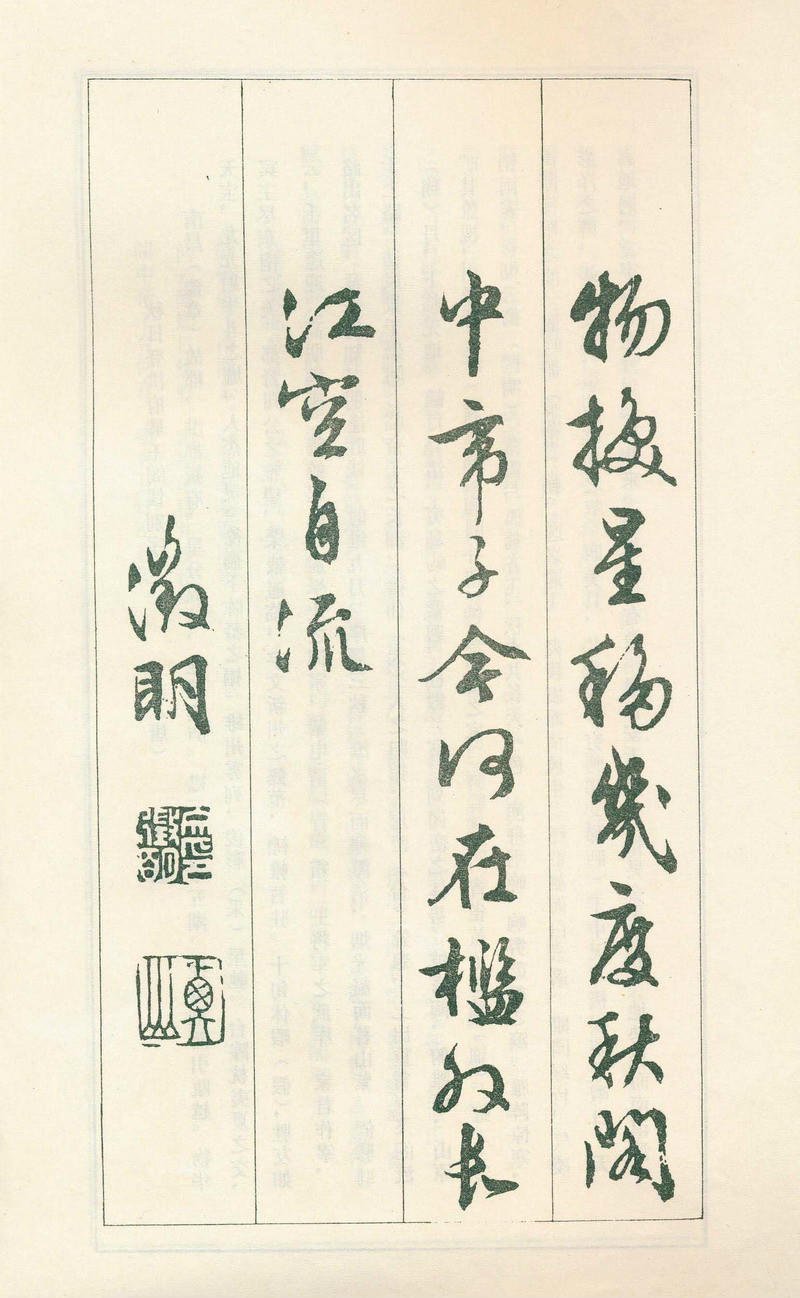
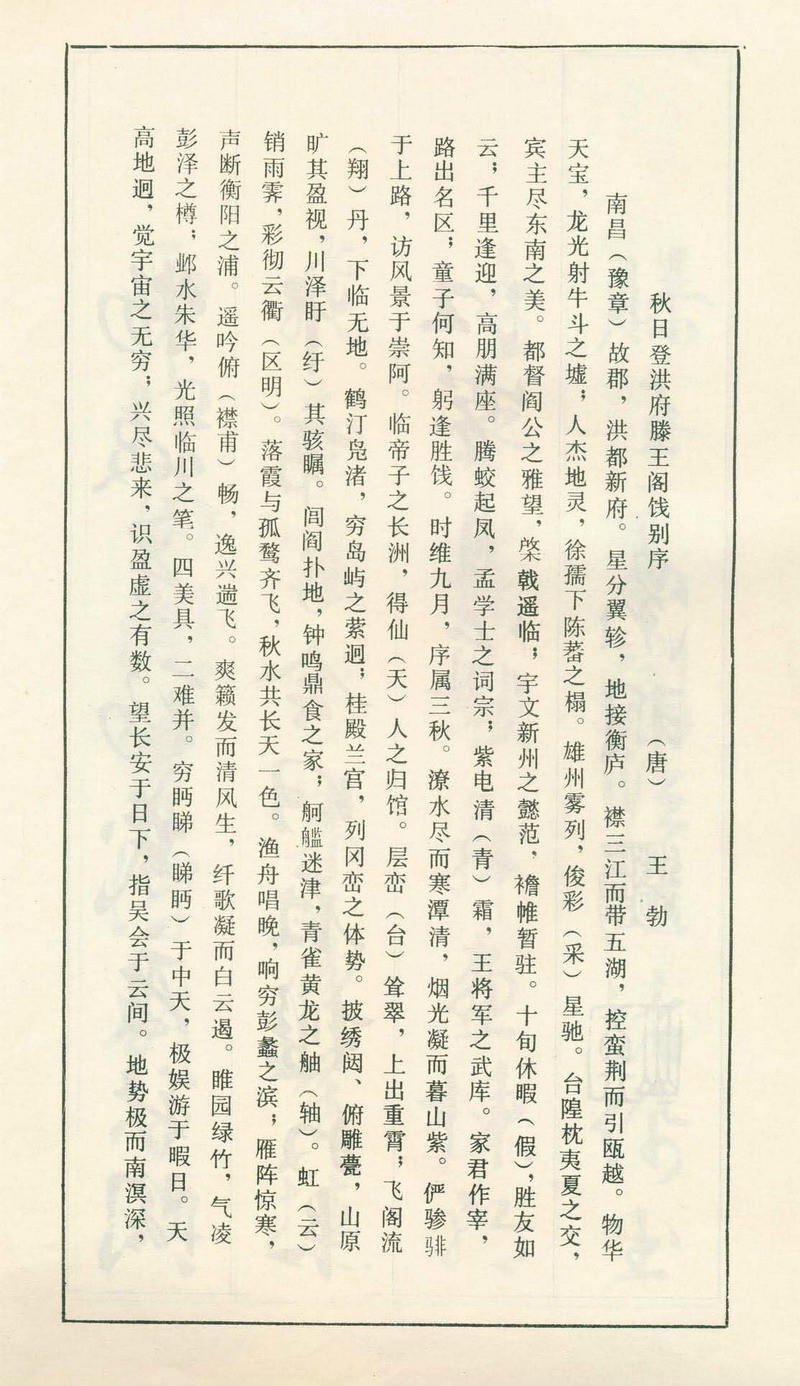
Wen Zhengming (1470-1559), formerly known as Bi, or Zuobi, with the courtesy name Zhengming. From the age of forty-two, he began to use the word "Xing" and the word "Zhengzhong". Because he was born in Hengshan, he was named Hengshan Jushi, also known as "Wen Hengshan" in the world. He was a painter, calligrapher and writer in the Ming Dynasty. Han nationality, from Changzhou (now Suzhou, Jiangsu). He was born in the sixth year of Chenghua reign of Emperor Xianzong of Ming Dynasty and died in the 38th year of Jiajing reign of Emperor Shizong of Ming Dynasty. He was ninety years old. Poet masters Bai Juyi and Su Shi, literary masters from Wu Kuan, calligraphy from Li Yingzhen, and painting from Shen Zhou. In poetry, together with Zhu Yunming, Tang Yin and Xu Zhenqing, he is known as one of the "Four Talents in Wuzhong". In the history of painting, together with Shen Zhou, Tang Yin and Qiu Ying, they are known as the "Four Wu Schools".

